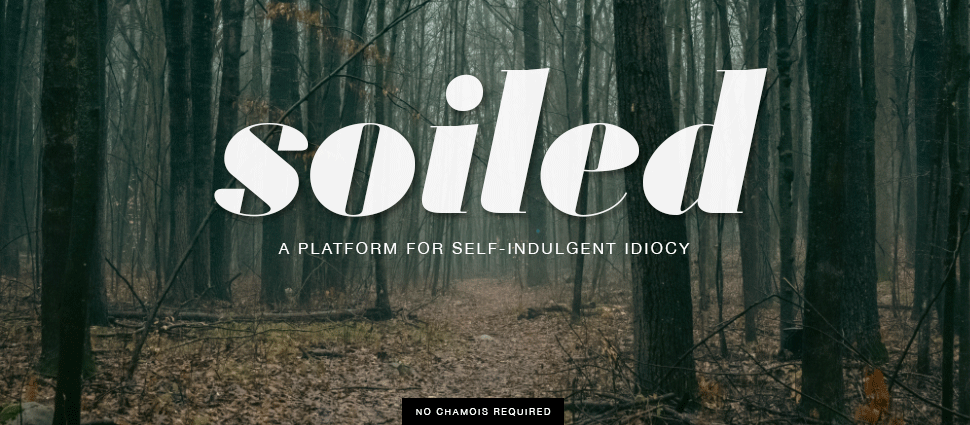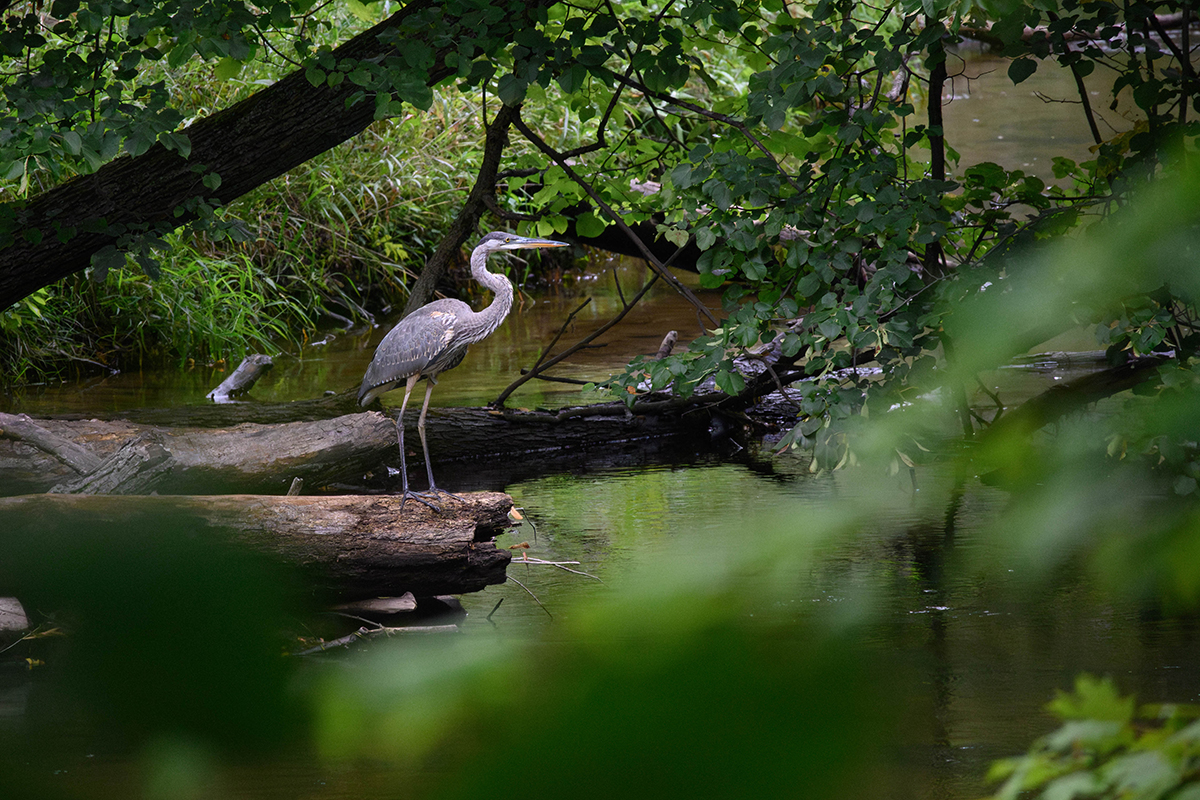
Since I’ve been forced down to the Not So Stankment to ride the trainer while my knee heals from whatever I did to it, and have no current photos that aren’t of beer, food, or my dogs, I figured I’d show what cameras I’ve been using while hiking the 2023 Comeback Special and 2024 Lumber Through Hell Tour.
I currently split time between stuffing the ancient Canon s95 or long discontinued Fuji X70 in my pack strap pocket or using the crop sensor Nikon Z-50 with the Nikkor Z DX 50-250mm f/4.5-6.3 VR lens, despite having two full-frame Nikon bodies (Nikon Z-6 mirrorless and Nikon D4 DSLR) and decent glass on the shelf.
I most often opt for the Z-50 because it weighs less than 2 pounds (body, 250mm lens, lens hood, and pack mounting clip), which I can attach to my pack strap with a PGYTECH Beetle Camera Clip and barely notice it during a lumbers.
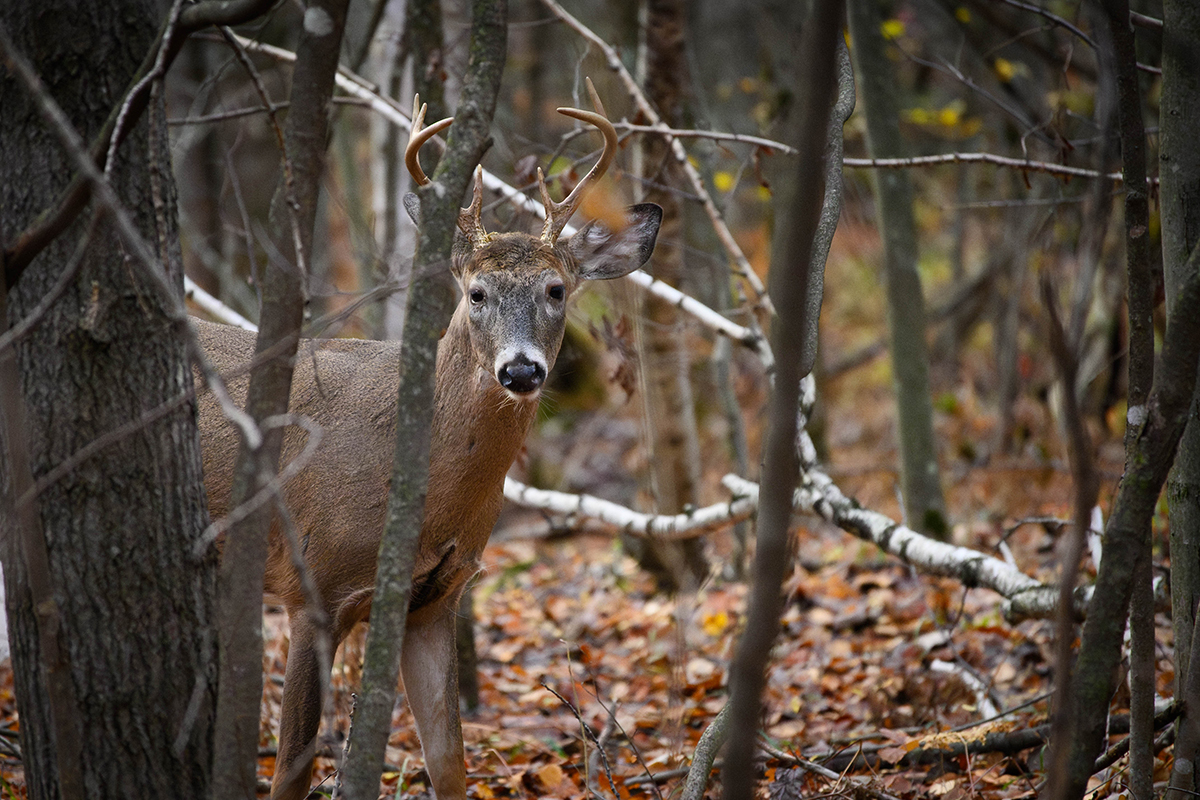
Is there a quality difference between the z50 and a full frame with a better lens? Sure, maybe? Not enough for me.
I don’t care because while I love photography, the hike is the important part to me. Sure, I want the photos to be great; however, they are mostly to document my lumbers for myself, the blog, and on the web. And with Lightroom now offering things like (better/easier) noise reduction and super-resolution, I often get what I want without lugging around 10 pounds of camera gear strapped to my pack.
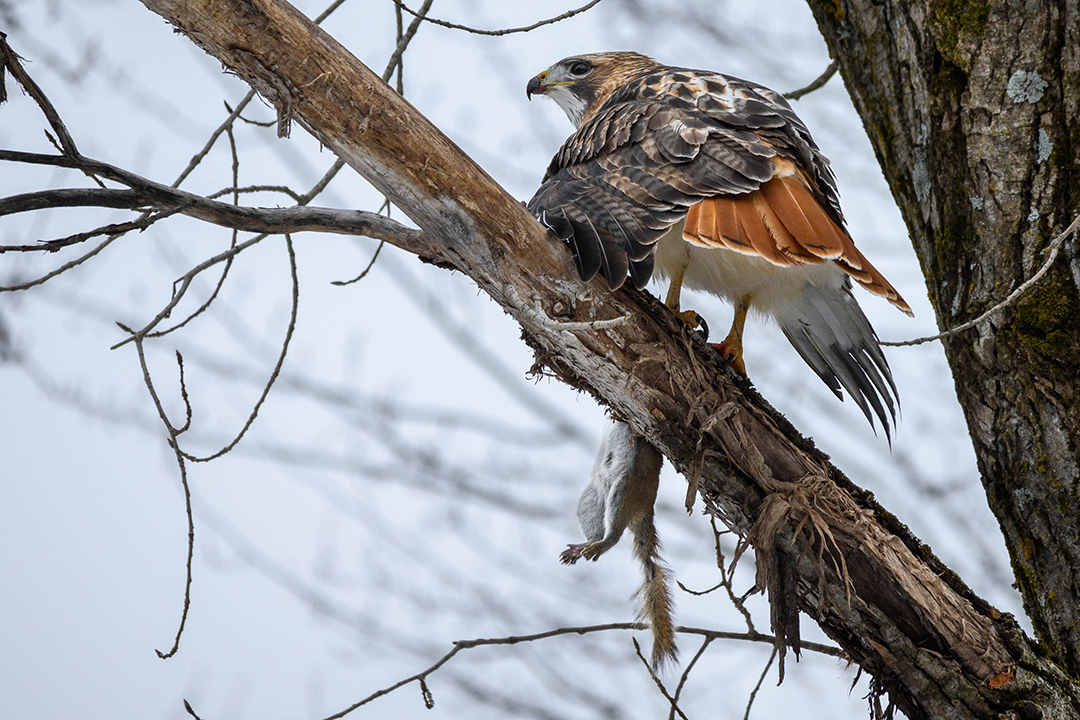
I also use the Z-50 and 250mm because I bought them used on the cheap a few years ago, so if I fall or get caught in bad weather, I’m not seeing thousands of dollars worth of equipment go down the drain. Additionally, the 250mm has a 375mm focal equivalent, and while NOT my 600mm, it weighs NOTHING, gets me a ton of shots, and compared to other zooms I’ve used in the past, it’s quite sharp.
There are times that I wish I had some longer glass on the front to capture wildlife from a distance, and I may experiment with ways to carry bigger, heavier lenses for sub-5 mile hikes, but for now this set up is working.
The following is not a review of the Z-50; it is just me saying what works for me. If you’re a pixel-peeping, full frame, artisan glass, prime lens sort of photographer with an aversion to Lightroom and Photoshop, it might not be for you, but I often find editing as relaxing and rewarding as taking the shot, and this setup fits the bill.
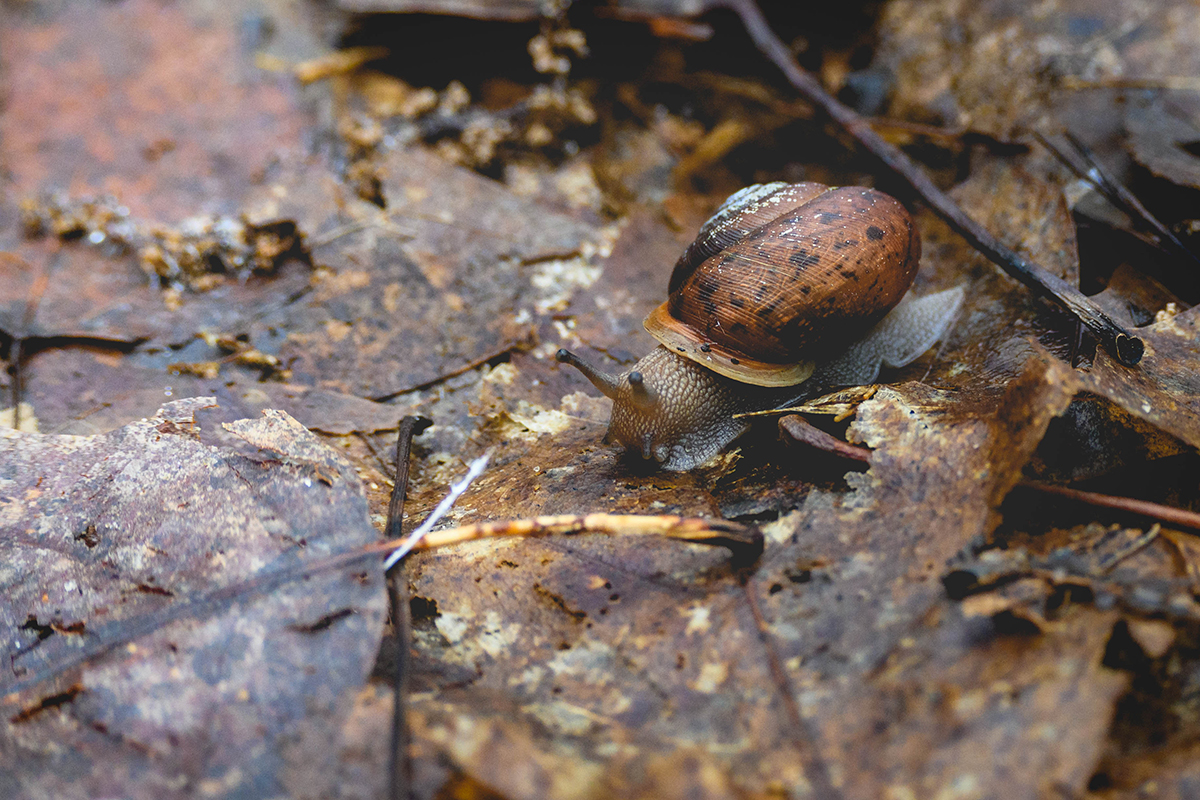
I will also say that I don’t have the same affectionate relationship with the z50 as I had with my Fuji XT-10 or XT-1 from a few years back. Still, it’s lighter, cheaper, and unlike the Fuji XT-10, I’ve been using the Z-50 for a few years now in almost every type of weather, and it has yet to rot from the inside out and be void of warranty. To be fair, when I bought the XT-10 I purchased the insurance, so despite being void under Fuji’s warranty, I did receive a full refund and bought a new XT-1 in the end. Which I then sold because the Z series came out and I already had a number of Nikkor lenses.
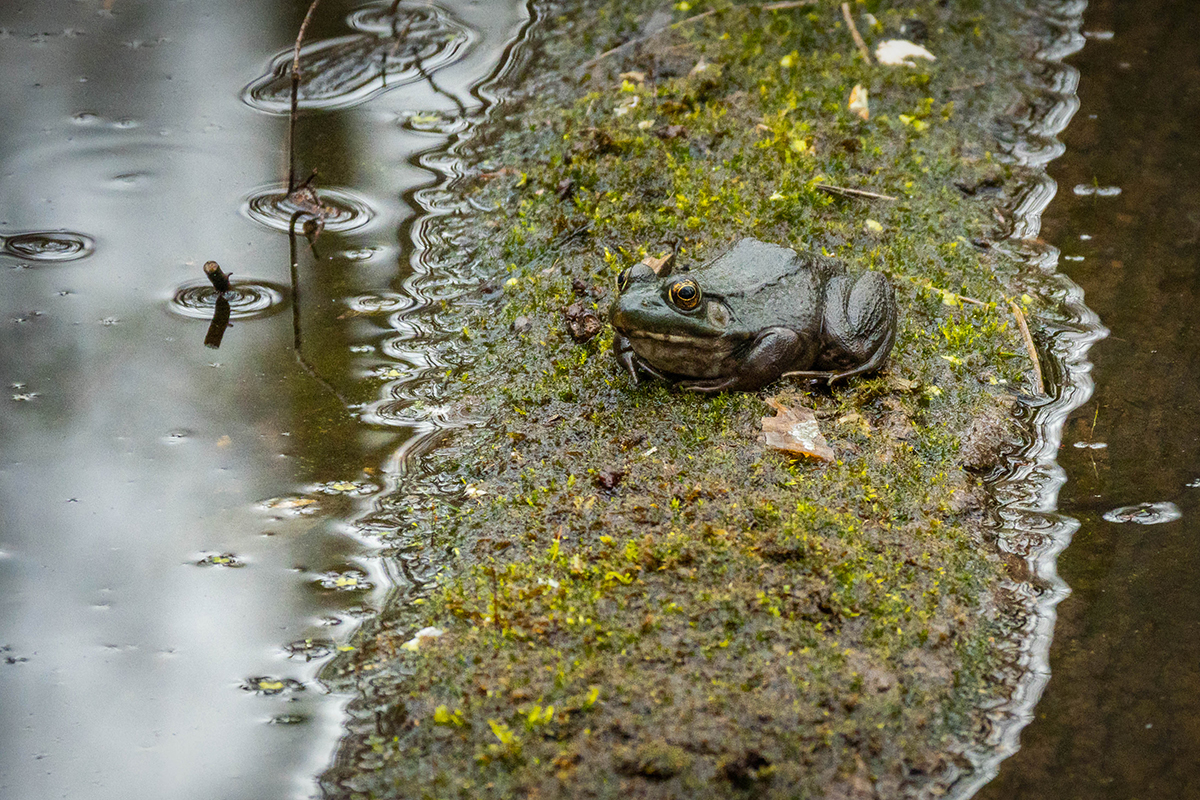
Again, I don’t read too much about sensors or 45-megapixel files hogging memory on my Mac; I tend to use whatever camera is the best for the adventure or subject and the one that I feel most comfortable with. Your mileage may vary.
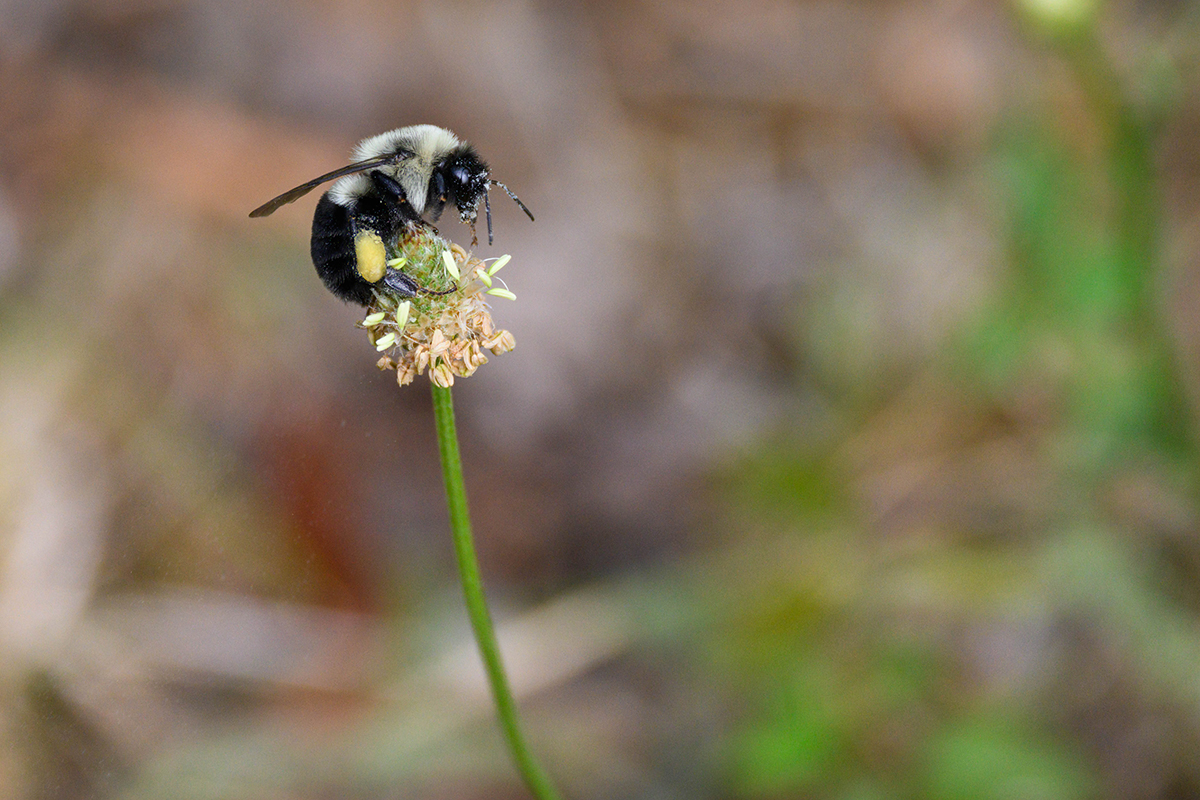
***
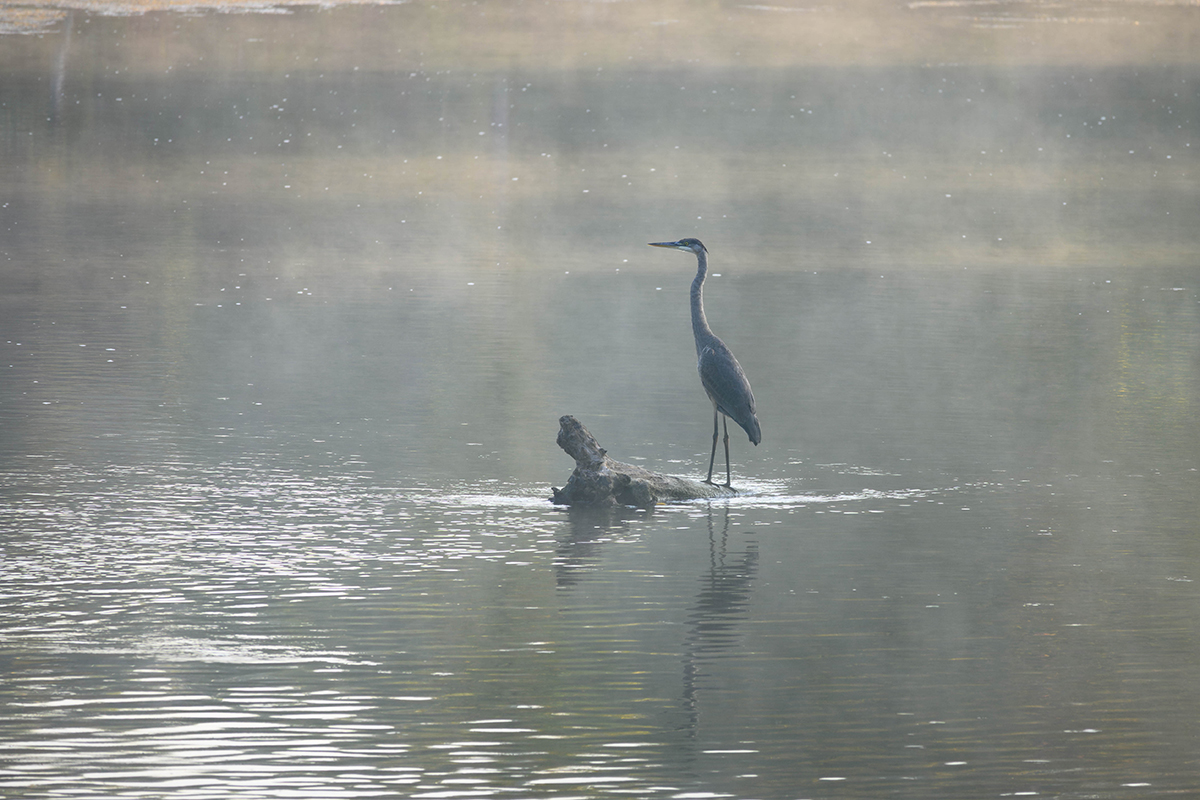
***
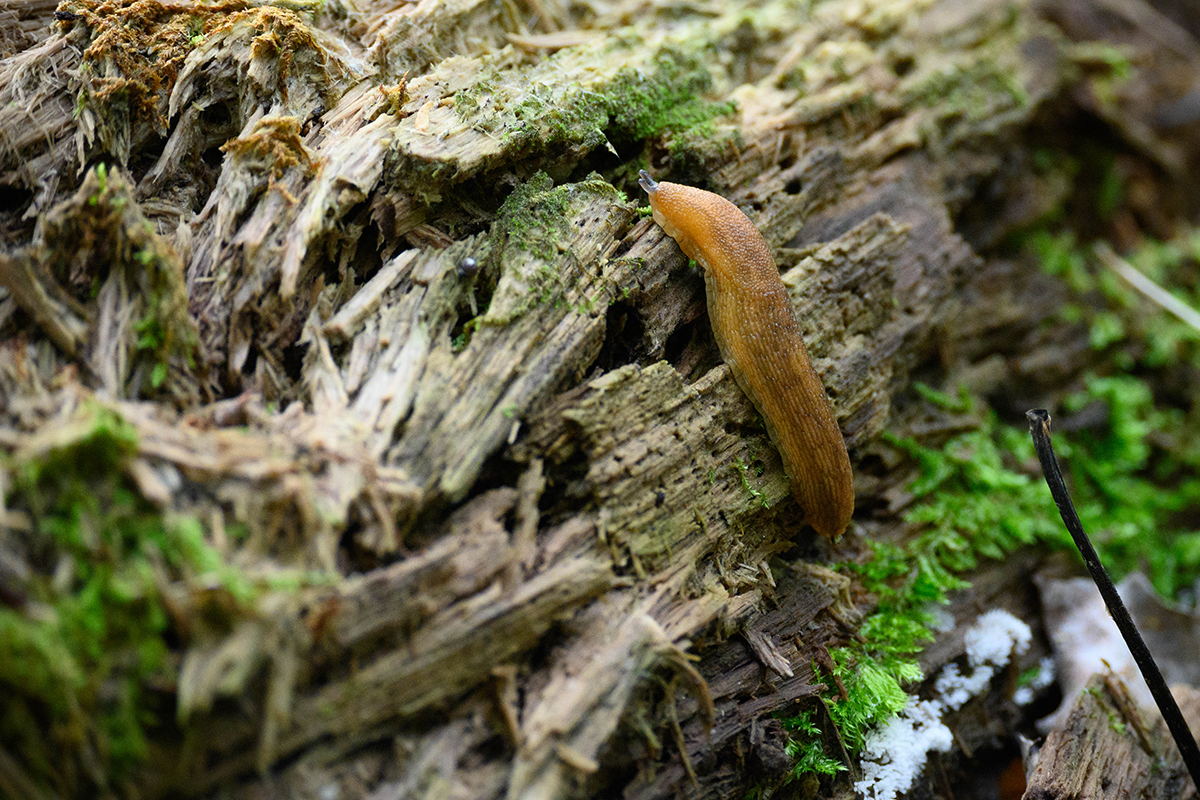
All the photos in this post were taken with the Nikon Z50 over the past couple of years of lumbering in the woods.
Later.
